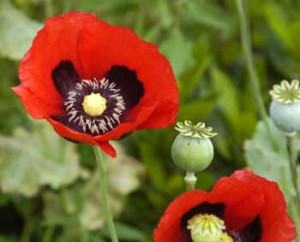
- Drowsiness
- Sedation
- Depressed or slowed breathing
- Glazed or red eyes
- Slurred speech
- Headaches
- Confusion
- Dizziness
- Small pupils
- Nausea
- Sleeping disorders
- A runny nose
- Sinus irritation
- Excessive energy
- Rapid speed
- Mania
- Loss of appetite
- Mood swings
- Depression
- Apathy
- Slowed reflexes
- Vomiting
- Constipation and other gastrointestinal problems
- Extreme anxiety
- Restlessness and tension
In most cases, side-effects are experienced at the early stages of abuse and decrease as time goes by. Depression was one of the most serious side effects of long-term users, and could lead to suicide. In severe cases, the individual may have a weak pulse, lower blood pressure, reduced heart rate, difficulty or labored breathing, and changes in the color of lips and fingertips. Seizures, convulsions, hallucinations, confusion and psychomotor retardation also take place. My research for Spy of Richmond, my fourth novel in the Heroines Behind the Lines series took me into the related world of laudanum, an alcoholic tincture widely taken, which was 10 percent powdered opium. Many women, including the famous Confederate diarist Mary Boykin Chestnut, used it regularly. "I relieved the tedium by taking laudanum," wrote Chestnut in one of her references to the drug. Some took it to achieve a pallid complexion, some to relieve pain, and some to simply calm nerves and encourage sleep. It's easy to imagine the untold thousands of women who would have been attracted to such a drug while loved ones were at war. Unfortunately, laudanum addiction, like opium addiction, could be fatal.




Comments
Add new comment